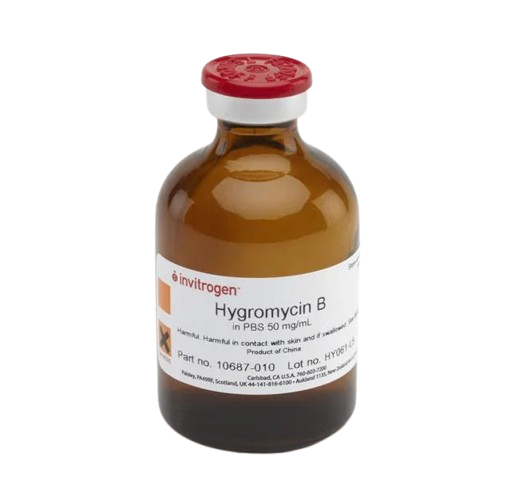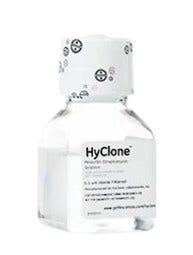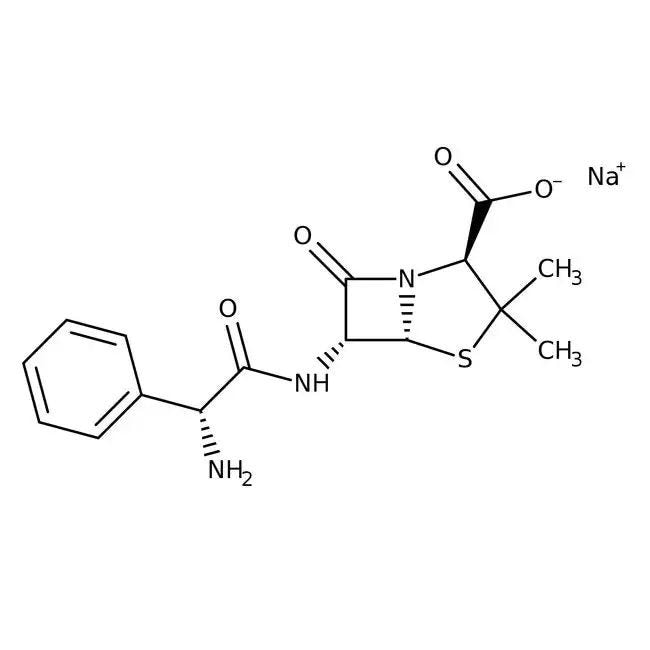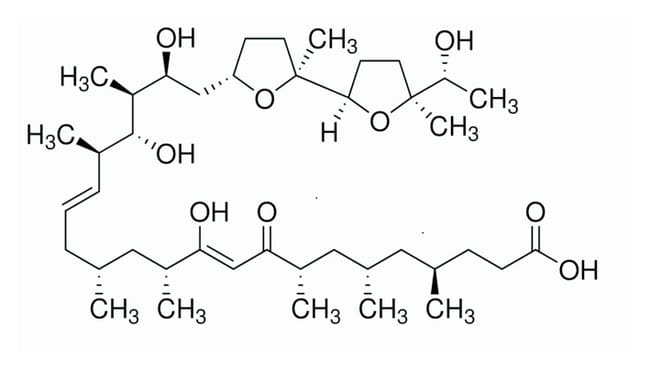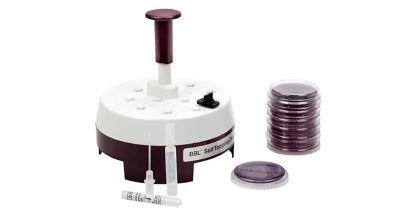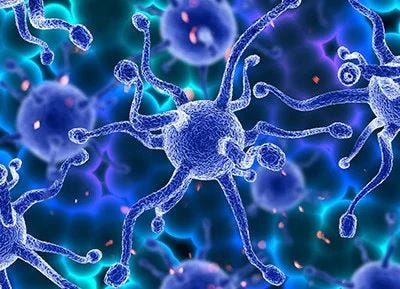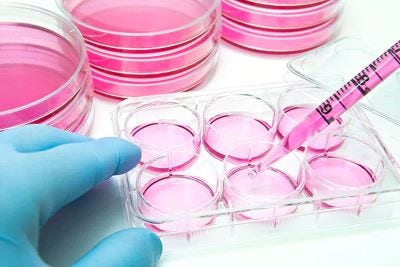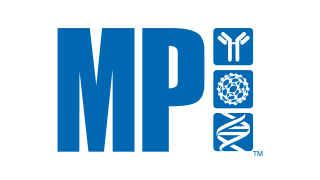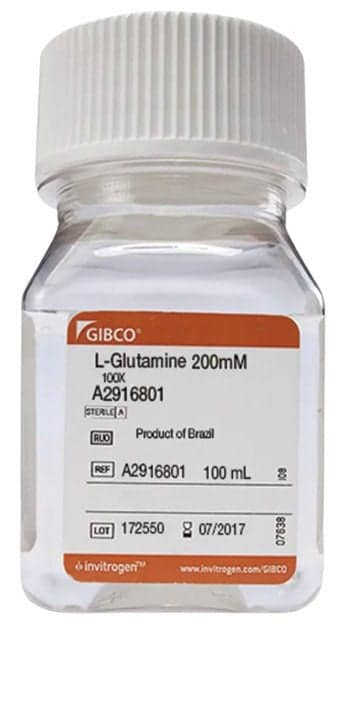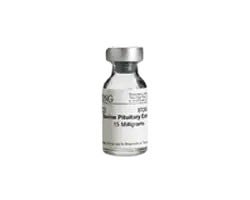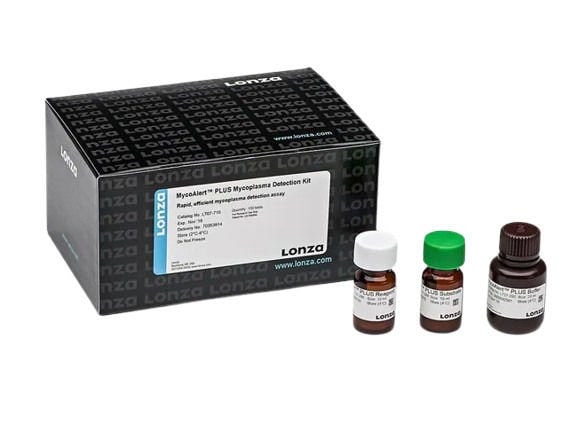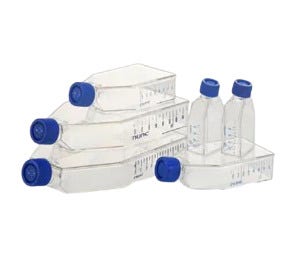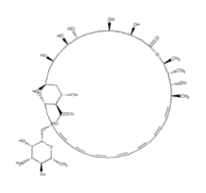
Antibiotics
Antibiotics are compounds and substances that kill or inhibit the growth of bacteria and are commonly used to prevent bacterial contamination in cell cultures. Our extensive range of antibiotics is available in various quantities, molecular weights, and concentrations to suit your specific requirements.
Useful Links
Save Now - Exclusive Deals
Product Code 11526481
Product Code 10396833
Product Code 17660917
Product Code 10460264
Product Code 15595986
Product Code 10224873
Product Code 15495299
Product Code 10255203
Product Code 10346503
Product Code 11471431
Product Code 11450435
Product Code 15405739
Must Have
Product Code 10034587
Product Code 25647
Product Code 15495139
Product Code 10319633
Product Code 2625065
Product Code 10031553
Product Code 11416981
Product Code 11415691
Complete Your Order - Great Deals
FAQ
Antibiotics can be classified into several types based on their chemical structure and mechanism of action. Here are seven major types:
- Penicillins: These antibiotics, such as amoxicillin and penicillin, work by interfering with the synthesis of bacterial cell walls
- Cephalosporins: Similar to penicillins, cephalosporins (e.g., cephalexin, ceftriaxone) also disrupt bacterial cell wall synthesis but have a broader spectrum of activity
- Macrolides: This class, including azithromycin and erythromycin, inhibits bacterial protein synthesis by binding to the 50S ribosomal subunit
- Fluoroquinolones: Antibiotics like ciprofloxacin and levofloxacin act by inhibiting bacterial DNA gyrase and topoisomerase IV, enzymes critical for DNA replication
- Tetracyclines: Tetracycline and doxycycline inhibit protein synthesis by binding to the 30S ribosomal subunit, preventing the addition of amino acids to the growing peptide chain
- Aminoglycosides: These antibiotics, such as gentamicin and amikacin, also inhibit protein synthesis by binding to the 30S ribosomal subunit but often require oxygen-dependent transport into the bacterial cell
- Sulfonamides: Sulfamethoxazole, often combined with trimethoprim (as in co-trimoxazole), inhibits folic acid synthesis, which is necessary for bacterial DNA and RNA synthesis
These categories encompass a wide range of antibiotics used to treat various bacterial infections.
Some common antibiotics for gram-positive and gram-negative bacteria are:
Gram-Positive Bacteria
- Penicillins: Penicillin G, Amoxicillin
- Cephalosporins: Cephalexin
- Macrolides: Erythromycin, Azithromycin
- Glycopeptides: Vancomycin
- Lincosamides: Clindamycin
Gram-Negative Bacteria
- Aminoglycosides: Gentamicin, Amikacin
- Fluoroquinolones: Ciprofloxacin, Levofloxacin
- Cephalosporins: Ceftriaxone, Ceftazidime
- Carbapenems: Imipenem, Meropenem
- Monobactams: Aztreonam
Broad-Spectrum Antibiotics
- Tetracyclines: Doxycycline
- Sulfonamides: Trimethoprim-sulfamethoxazole
- Extended-Spectrum Penicillins: Piperacillin
These antibiotics are chosen based on the type of bacteria, infection site, and resistance patterns.
Antibiotics can be classified into several types based on their chemical structure and mechanism of action. Here are seven major types:
- Penicillins: These antibiotics, such as amoxicillin and penicillin, work by interfering with the synthesis of bacterial cell walls
- Cephalosporins: Similar to penicillins, cephalosporins (e.g., cephalexin, ceftriaxone) also disrupt bacterial cell wall synthesis but have a broader spectrum of activity
- Macrolides: This class, including azithromycin and erythromycin, inhibits bacterial protein synthesis by binding to the 50S ribosomal subunit
- Fluoroquinolones: Antibiotics like ciprofloxacin and levofloxacin act by inhibiting bacterial DNA gyrase and topoisomerase IV, enzymes critical for DNA replication
- Tetracyclines: Tetracycline and doxycycline inhibit protein synthesis by binding to the 30S ribosomal subunit, preventing the addition of amino acids to the growing peptide chain
- Aminoglycosides: These antibiotics, such as gentamicin and amikacin, also inhibit protein synthesis by binding to the 30S ribosomal subunit but often require oxygen-dependent transport into the bacterial cell
- Sulfonamides: Sulfamethoxazole, often combined with trimethoprim (as in co-trimoxazole), inhibits folic acid synthesis, which is necessary for bacterial DNA and RNA synthesis
These categories encompass a wide range of antibiotics used to treat various bacterial infections.

